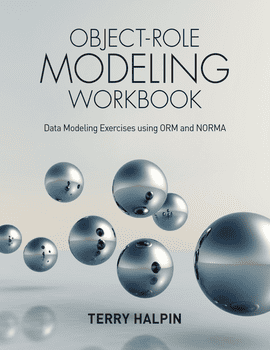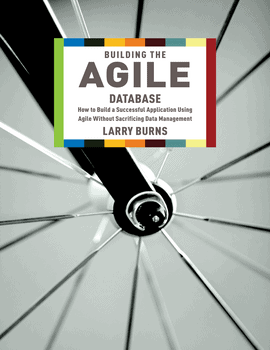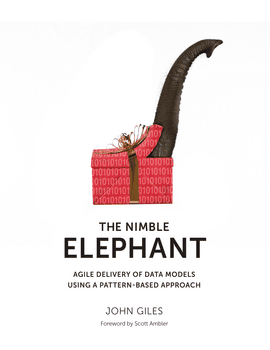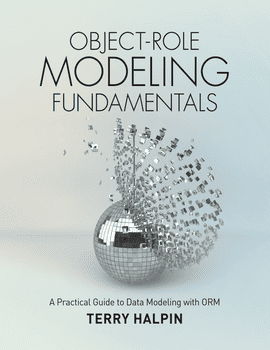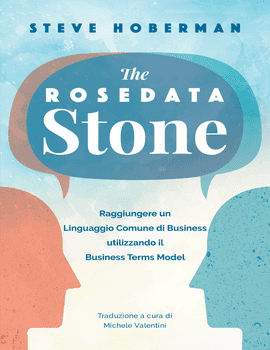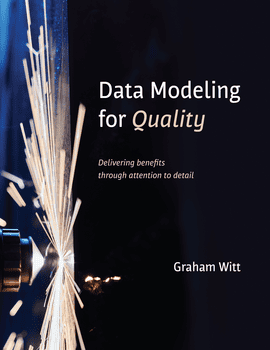Object-Role Modeling Workbook
Object-Role Modeling Workbook: Data Modeling Exercises using ORM and NORMA, by Dr. Terry Halpin
Object-Role Modeling (ORM) is a fact-based approach to data modeling that expresses the information requirements of any business domain simply in terms of objects that play roles in relationships.
Topics
Review of ORM Basics
Introduction
ORM’s Conceptual Schema Design Procedure
A Worked Example
Review Exercises
Documenting Models
Generating Model Reports
Vocabulary Glossaries
Relational Mapping
Overview of ORM’s Relational Mapping Procedure
Downloading and Viewing a Sample NORMA Model
Controlling Table and Column Names in NORMA
Subtype Mapping Options
Annotating Relational Schemas
Modeling Exercises
Academic Conference
Course Prerequisites
Concert Bookings
British Monarchy
Malaysia Database
Nobel Prize Awards
Academy Awards
Transforming and Optimizing Schemas
Conceptual Schema Transformations
Conceptual Schema Optimization
Database Reengineering
Solar System Exercise
Some Data Model Patterns
Temporal Aspects
Collection Types
ORM Symbol Glossary
Written as a sequel to the author’s previous book Object-Role Modeling Fundamentals, this book briefly reviews the fundamentals of ORM, and then discusses additional topics such as model reports generation, vocabulary glossaries, relational mapping options, annotated relational schemas, schema optimization, and data modeling patterns.
Object-Role Modeling (ORM) is a fact-based approach to data modeling that expresses the information requirements of any business domain simply in terms of objects that play roles in relationships. All facts of interest are treated as instances of attribute-free structures known as fact types, where the relationship may be unary (e.g. Person smokes), binary (e.g. Person was born on Date), ternary (e.g. Customer bought Product on Date), or longer. Fact types facilitate natural expression, are easy to populate with examples for validation purposes, and have greater semantic stability than attribute-based structures such as those used in Entity Relationship Modeling (ER) or the Unified Modeling Language (UML).
All relevant facts, constraints and derivation rules are expressed in controlled natural language sentences that are intelligible to users in the business domain being modelled. This allows ORM data models to be validated by business domain experts who are unfamiliar with ORM’s graphical notation. For the data modeler, ORM’s graphical notation covers a much wider range of constraints than can be expressed in industrial ER or UML class diagrams, and thus allows rich visualization of the underlying semantics.
Written in easy-to-understand language, it illustrates each topic with simple examples, and explains how to use the freeware NORMA tool to implement the ideas discussed. The book also includes many practical exercises to promote expertise in the techniques covered, with answers provided to all the exercise questions.
About Terry
Dr Terry Halpin is internationally recognized as the leading authority on ORM. Currently a data modeling consultant and a Professor in Computer Science, he has many years of experience in developing and teaching data modeling technology in both industry and academia. He has authored over 200 technical publications and eight books, and has co-edited nine books on information systems modeling research. He is a an associate editor or reviewer for several academic journals, is a regular columnist for the Business Rules Journal, and is a recipient of the DAMA International Achievement Award for Education and the IFIP Outstanding Service Award.
Faculty may request complimentary digital desk copies
Please complete all fields.
